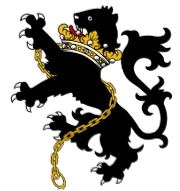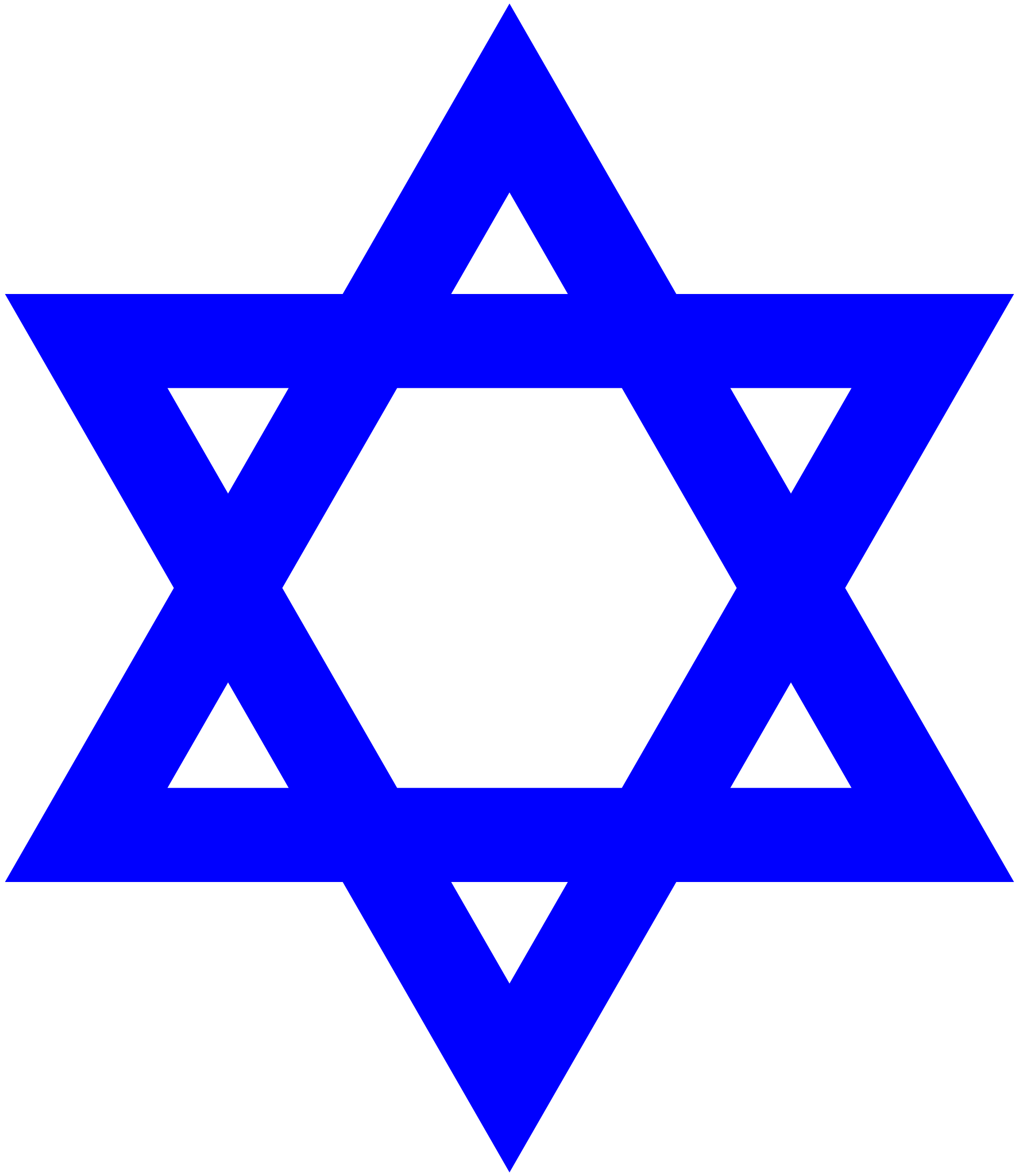- Home Page
- Books
- Articles
- The Tribes
- Presentations
- Bonus Material
Ancient History Reconsidered


The Saxons & Jutes:
When they arrived in England, the Saxons established two kingdoms: East Seaxe and West Seaxe. In the Celtic and Gaelic languages, the ‘x’ was always pronounced as a hard ‘k’ – hence even today the names Alex and Alexander are pronounced in Scotland as Alek and Alekander respectively. The Saxons were literally ‘sons of Sakae’. These sons of Sakae were the people the Greeks and Persians called Sacae (Σάκαι pronounced Sakai). They came from the region between the Caspian Sea and the Black Sea, which is where the House of Israel had been planted by the Assyrians. This land once belonged to the Medes, hence when we are told that:-

Land of the Medes
Lydia
River Halys
Phrygia
Map of the Black Sea, also known to the Greeks as the Euxine Sea. According to Herodotus, the River Halys marked the boundary between the land of the Medes on the east and the land of Lydia to the west and Phrygia to the south.
“The king of Assyria did carry away Israel unto Assyria, and put them in Halah and in Habor by the river of Gozan, and in the cities of the Medes...” (2 Kings 18:11.)
Few people seem to realise that the extent of Median control at that time extended into north Syria.
The Greek writer Herodotus informs us:-
“The boundary between the Median and Lydian empires was the [river] Halys, which rises in the mountains of Armenia, flows through Cilicia, and then continues with Matiene to the north and Phrygia to the south.”2.
Likewise, when the Assyrian kings Tiglathpileser III and Sargon II went up against “the mighty Medes”, their campaigns were against the regions of Urartu (i.e. Ararat) in the west – not against the region which was in later times known as Medea.3 It is amazing how many people make this mistake when considering the whereabouts of the Ten Tribes after they had been deported from the Land of Israel. They were transplanted in cities which had been conquered and confiscated from the Medes by the Assyrians.
Note also that the northern kingdom had already split into the Houses of Yitschak (Isaac) and Yisrael (Israel) during the time of Amos the prophet:-
“Now therefore hear thou the word of the Lord: Thou sayest: Prophesy not against Israel, and preach not against the house of Isaac.”
For more information concerning the Medes and who they were, read the section Mount Seir in Legacy of Edom.
The Jutes, who were called Eudoses by the Latin writer Tacitus4 and Φουνδούσιοι Fundusioi by Ptolemy,5 were Jews who had followed the Saxons across Europe from Babylon and Persia. All of these names, Eudoses, Fundiosi, Jutes, Gutes, Geats etc. are variant spellings of the name Judah or Jew.
When the Jutes arrived in England, the settled initially in Kent, Hampshire and the Isle of Wight. Many of these Jutes went on to rule over the English people, either as Kings and Queens of England and/or Wales, or as Barons and overlords. Where you see the lion rampant on the Coat of Arms, this is the sign of the royal house of David. According to my research, many of the royal houses of Europe were of Jewish descent.
| 1. | Article entitled Anglo-Saxon Kingdoms at http://www.historyfiles.co.uk/KingListsBritain/EnglandEssex.htm. [Return] |
| 2. | Herodotus, Histories i.72 and v.49. [Return] |
| 3. | Ancient Records of Assyria and Babylonia, Vol. 1, p.281, §.784 for Tiglathpileser III’s inscription and Vol. 2, p.8, §.19 for Sargon II’s inscription. Note that the city of Zakruti mentioned by Tiglathpileser III was in the land of Nairi, which was in the region of the Black Sea. (Vol. 1, p.285, §.795). [Return] |
| 4. | Tacitus Germanica 40. [Return] |
| 5. | Ptolemy Geography Book 2, Chap. 10, or Chap. 11 in some copies. [Return] |
Dated 6 Dec 2013.
©AHR Researches, Birmingham, England.